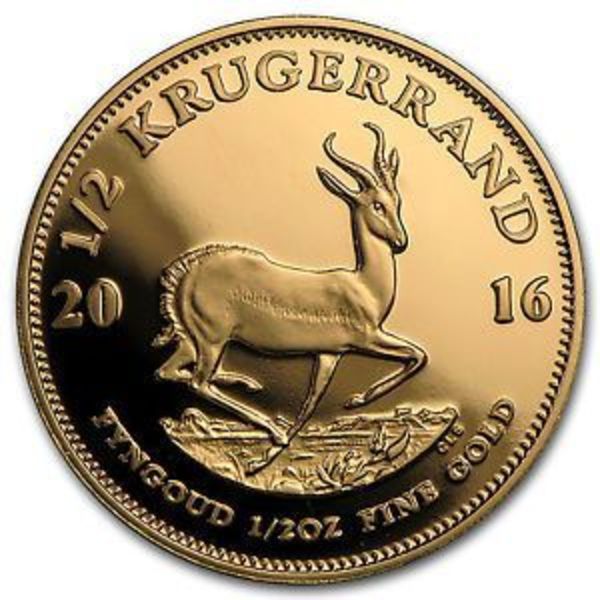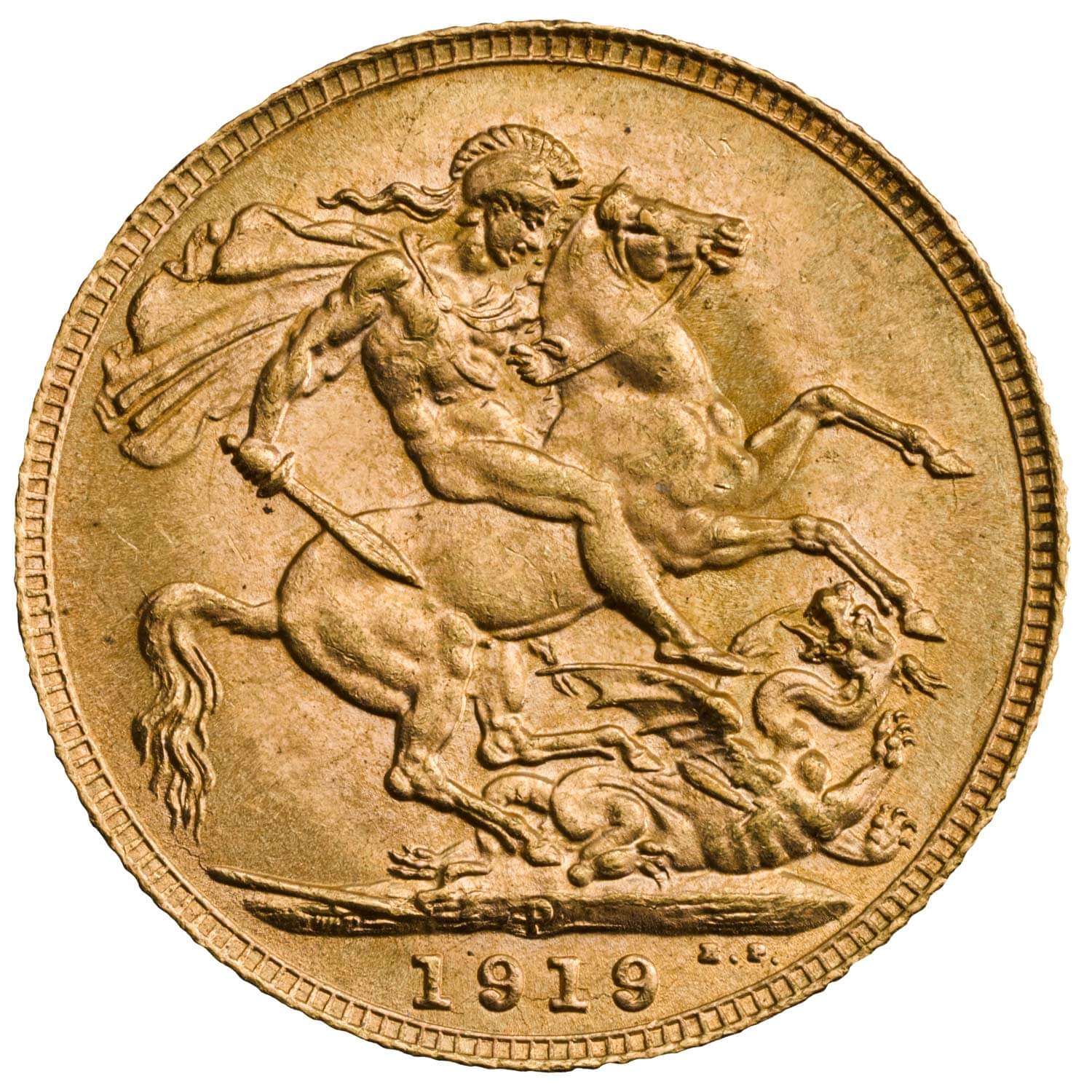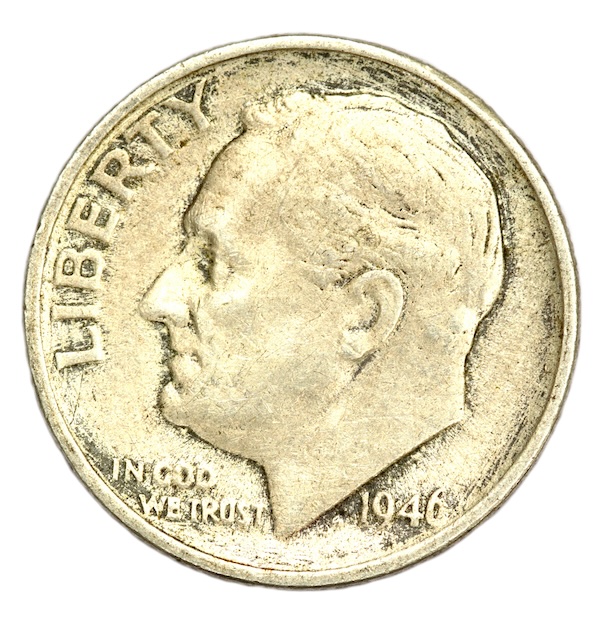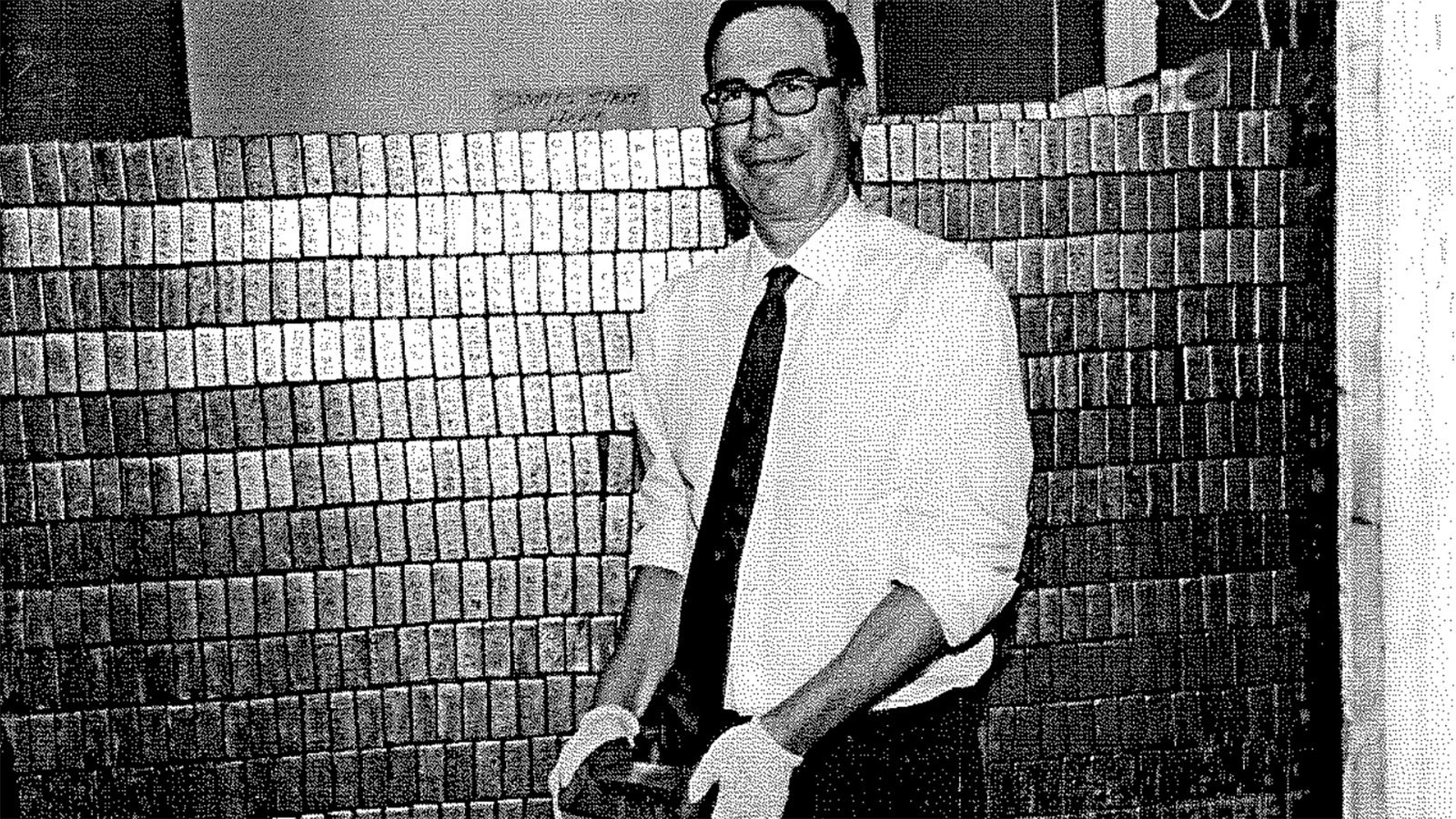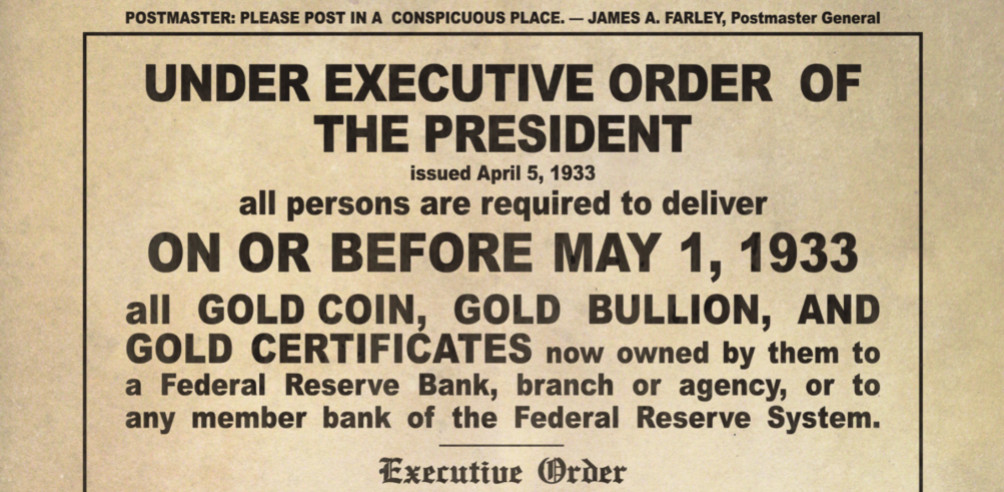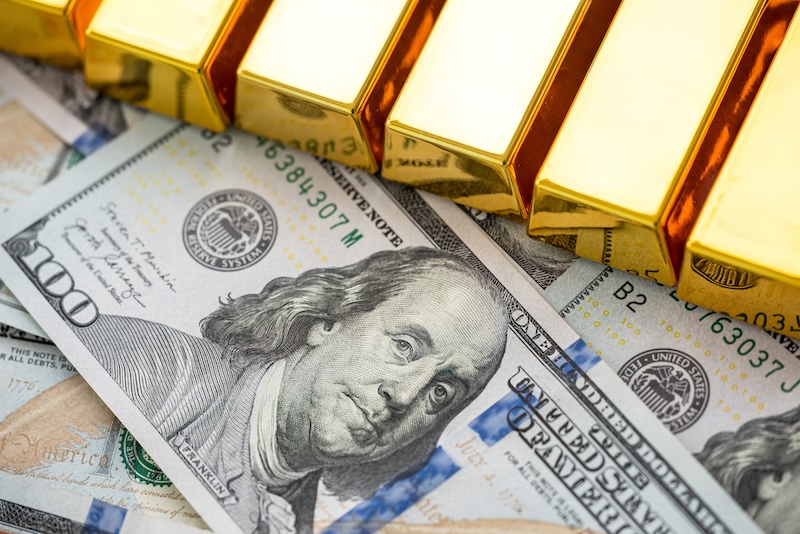Since its inception, the United States Bullion Depository at Fort Knox has been subject to numerous audits and inspections, reflecting the nation’s commitment to maintaining transparency and integrity in its gold reserves—a cornerstone of the gold standard, often considered the most stable economic model.
Creation of the Fort Knox Gold Depository
As part of President Franklin D. Roosevelt’s initiative to centralize and secure gold during the Great Depression, Congress passed the Gold Reserve Act, creating the U.S. Bullion Depository at Fort Knox to store the nation’s monetary reserves.
Construction of the Bullion Depository began, completed in 1937. It features a massive vault door weighing over 20 tons and has never been breached. The vaults are designed to withstand various forms of attack, including bombs.
1953 Fort Knox Audit
The inaugural comprehensive audit took place in 1953. Approximately 88,000 gold bars were inventoried, and about 10% of these bars were weighed to confirm their authenticity and quantity. This audit underscored the meticulous nature of tracking national gold reserves under the gold standard, ensuring each piece was accounted for economically.
1974 Show Audit
The combination of the oil crisis and the economic policies following the Nixon Shock led to a recession characterized by stagflation – high unemployment combined with high inflation. This period of economic stagnation further eroded public trust in government economic management.
Speculation and rumors began circulating that the U.S. might have sold off its gold reserves or that they were not as substantial as claimed, especially after the dollar was no longer backed by gold. This was fueled by books and reports questioning the government’s gold holdings.
In response to these concerns, on September 23, 1974, the U.S. Treasury allowed members of Congress and journalists to inspect one of the vaults at Fort Knox. This was more of a public relations move than a comprehensive audit, as it did not include detailed verification processes like assaying or serial number checks. The event was intended to reassure the public about the existence of the gold reserves, but it was criticized for its lack of depth, thus known as the “Show” audit.
From 1974 to 1986, the U.S. Treasury expanded its verification efforts into a continuing audit program, checking gold holdings across various depositories, including Fort Knox. These audits varied in intensity; while the 1953 audit saw 10% of bars weighed, the subsequent audits from 1974 to 1986 only weighed about 2% of the gold, illustrating a shift in audit rigor over time.
Post-1986, oversight transitioned to the Office of the Inspector General of the U.S. Treasury, ensuring ongoing accountability.
2017 Fort Knox Inspection
In 2017, then-Treasury Secretary Steve Mnuchin inspected the gold bars as part of a broader demand for government accountability and fiscal responsibility.
While the inspection was more symbolic than substantive, it aimed to address the lingering distrust in government transparency and economic policy resulting from the crises of the early 2000s.
His visit was not just about checking the gold but also about restoring some level of trust in government stewardship of national assets.

